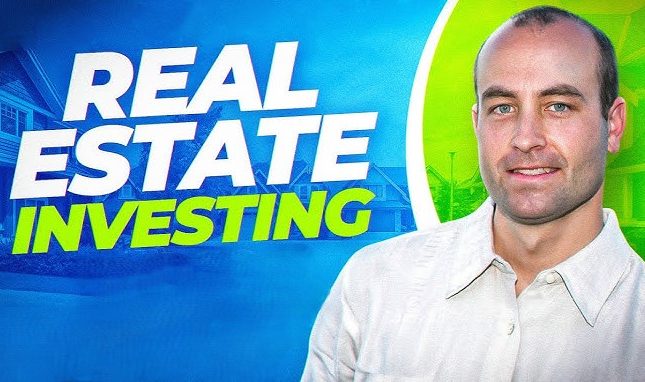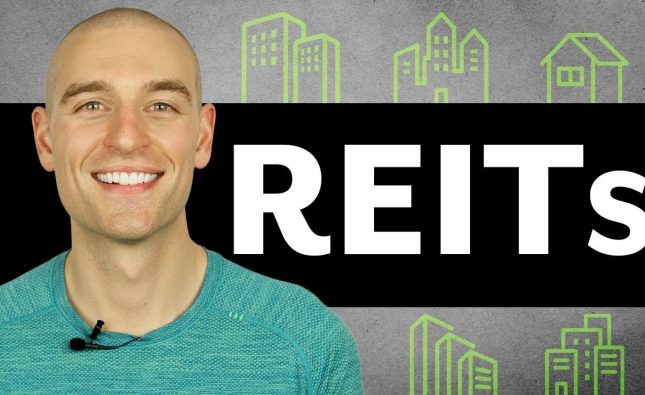
Introduction
Are you nearing retirement with concerns about how much income you will have to sustain yourself? If so, real estate investments might be the perfect option for you. Investing in property can provide a steady stream of passive income that can help maximize your retirement savings. In this beginner’s guide, we’ll go over everything you need to know to start investing in real estate and make the most out of your retirement years. So keep reading and get ready to learn how real estate investments can give your retirement income a boost!
What is Real Estate?
Real estate is one of the most popular asset classes for retirees looking to generate income. While there are many different ways to invest in real estate, the most common method is through owning rental property. Owning rental property can provide a steady stream of income, which can be used to supplement other retirement income sources or cover living expenses.
There are a few things to keep in mind when considering investing in rental property. First, it is important to understand the local real estate market and identify areas where there is strong demand for rental units. Second, you will need to factor in the costs of owning and operating a rental property, such as maintenance, repairs, and insurance. Finally, you will need to have a plan for finding and screening tenants.
If you are looking for an investment that can provide a steady stream of income in retirement, then investing in rental property may be right for you. Just be sure to do your homework and understand the costs and risks involved before making any commitments.
The Different Types of Real Estate Investments
Real estate investments come in many different forms. The most common type of real estate investment is a rental property, which can provide a steady stream of income during retirement. Another popular option is investing in REITs, which are companies that own and operate real estate properties. For those looking for a more hands-on approach, flipping houses or investing in fix-and-flip properties can be a great way to make money in retirement.
No matter what type of real estate investment you choose, there are a few things to keep in mind. First, be sure to do your research and understand the risks involved. Second, remember that real estate investments can take time to generate returns, so be patient. And finally, work with a qualified financial advisor to ensure that your real estate investments are aligned with your overall financial goals.
Pros and Cons of Real Estate Investments
When it comes to real estate investing, there are pros and cons to consider. On the plus side, real estate can be a very lucrative investment. It can appreciate in value over time, and provide a steady stream of income through rental payments. Additionally, you can often get started with a relatively small amount of money compared to other types of investments.
On the downside, real estate investing does require some work. You’ll need to research properties, find good deals, and then manage the property (or hire someone to do it for you). Additionally, there is always the potential for repairs and vacancy periods which can eat into your profits.
Overall, real estate investing can be a great way to boost your retirement income. Just be sure to weigh the pros and cons carefully before getting started.
How to Get Started in Real Estate Investing
If you’re looking to maximize your retirement income, real estate investing is a great option. But where do you start? Here’s a quick guide to getting started in real estate investing:
1. Do your research. There’s a lot to learn about real estate investing, so it’s important to do your research before you jump in. Read books, talk to other investors, and attend seminars or workshops.
2. Find the right property. Not all properties are created equal when it comes to investment potential. Look for properties that are undervalued and have good potential for appreciation.
3. Get financing. Unless you’re paying cash for your investment property, you’ll need to get financing. Work with a lender who specializes in financing for investors.
4. Make a plan. Once you’ve found the right property, it’s time to make a plan for how you’re going to maximize its value. This may include making repairs or renovations, adding features or amenities, or even developing the property itself
Conclusion
Real estate investments can be a great way to maximize your retirement income, but it is important to understand what you are getting into. To ensure that you make the right decisions when building out your portfolio, it’s best to research and consult with experienced real estate professionals before making any long-term commitments. While the process of investing in rental properties may seem daunting at first, following these steps will help ensure that you are able to set yourself up for a secure financial future.









